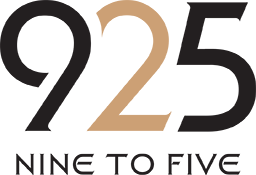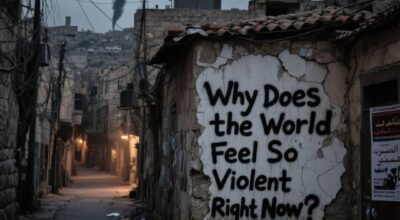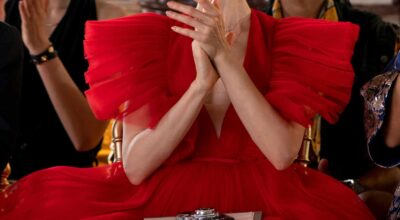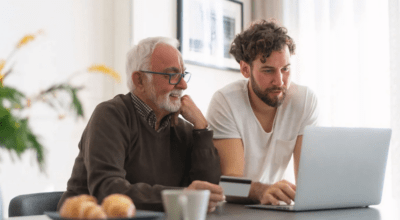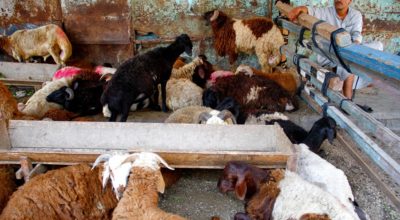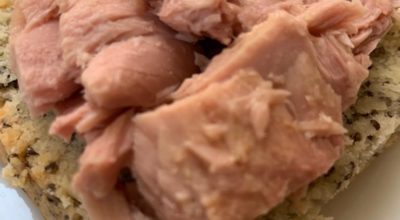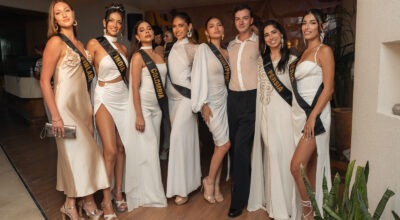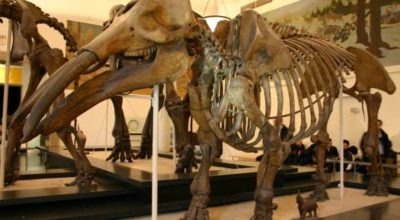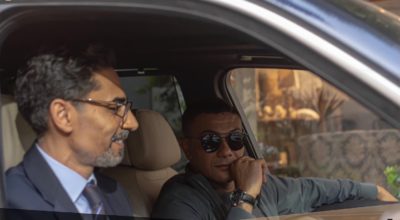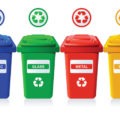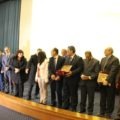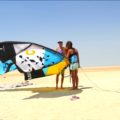Under the hashtag #Coloring_for_Humanity, Mashrou El Saada recently wrapped up the fifth phase of their big project: Reviving Nubia. They pulled off painting five houses, a primary school, and a youth center in Nubia’s Heissa island. Their project was funded by contributors from the crowdfunding platform, zoomal, and with the help of sponsors that include Uber and The Doodle factory. They even got a boost from visual artist Diala Naguib.
So what exactly is Mashrou El Saada about? Well, they mainly swoop over an area inhabited by humans and transform it from a dull and overlooked environment to a vividly colored haven. That’s at least what you would observe from a distance. But a great deal of thought and dedication lies behind the pleasant images portraying their work.
“Our paint jobs always have a purpose. It’s not just a matter of making things look more aesthetically pleasing,” told us Hana Elshorbagy, a member of Mashrou El Saada’s public relations team. “A school that looks more appealing to students will hopefully boost their morale. And the colored houses and youth centers aim at enhancing tourists’ experience and attracting more of them to the island,” she continued.

With a team dedicated to design, they take into consideration the cultural and the environmental backdrop of their projects. “Our designers rely on color therapy (or chromotherapy) to intricately create the blueprint of what we do, it’s not just about their personal taste, there’s a science behind it,” elaborated Elshorbagy.
The Mashrou El Saada team is divided into subsidiaries that include PR, multimedia and human resources. The 50 individuals that make it up work all year long for no financial gain in return. So, this is not their full-time job. When the CEO and founder, Hashem Refaat, is not running Mashrou El Saada, he is a set designer and an art director who worked with big names in the cinema and advertising industries like Marwan Hamed and Tamer Morsy.
“Back in 2013, I was working as a member on a project in Bab El Khalk. That project’s aim was to revive the artistic life within an alley called Darb El Sa3ada,” recalled Refaat. “This revival included painting on grim walls and breathing colorful life in them. I was still studying architecture and in love with community service back then. And so this idea of improving people’s lives and psychological well-being stuck with me enough to trigger Mashrou El Saada,” he elaborated when we asked him about the idea’s genesis.

When we asked Refaat why he does it, he answered confidently, “I feel like all the time and energy I dedicate to Mashrou El Saada allows me to feel alive. I may not have as much free time as the average person and I do lose some sleep, but I can put my passions and skills to something meaningful and truly impactful. I believe we humans are here to build and change, and every one of us does it in their own way.”
If you’d like to see Mashrou El Saada in action, volunteer in their next project, become a member or head to their Facebook page.
